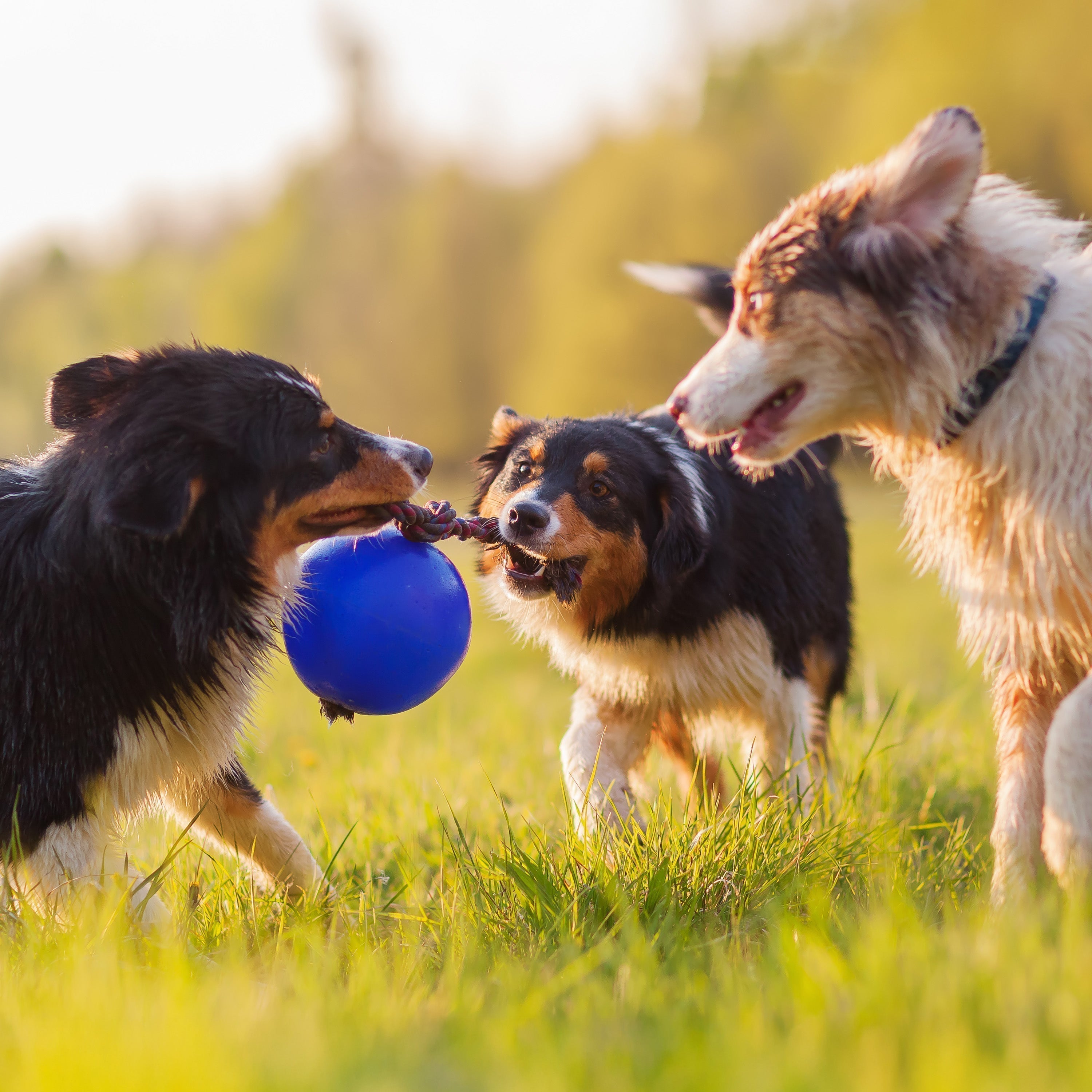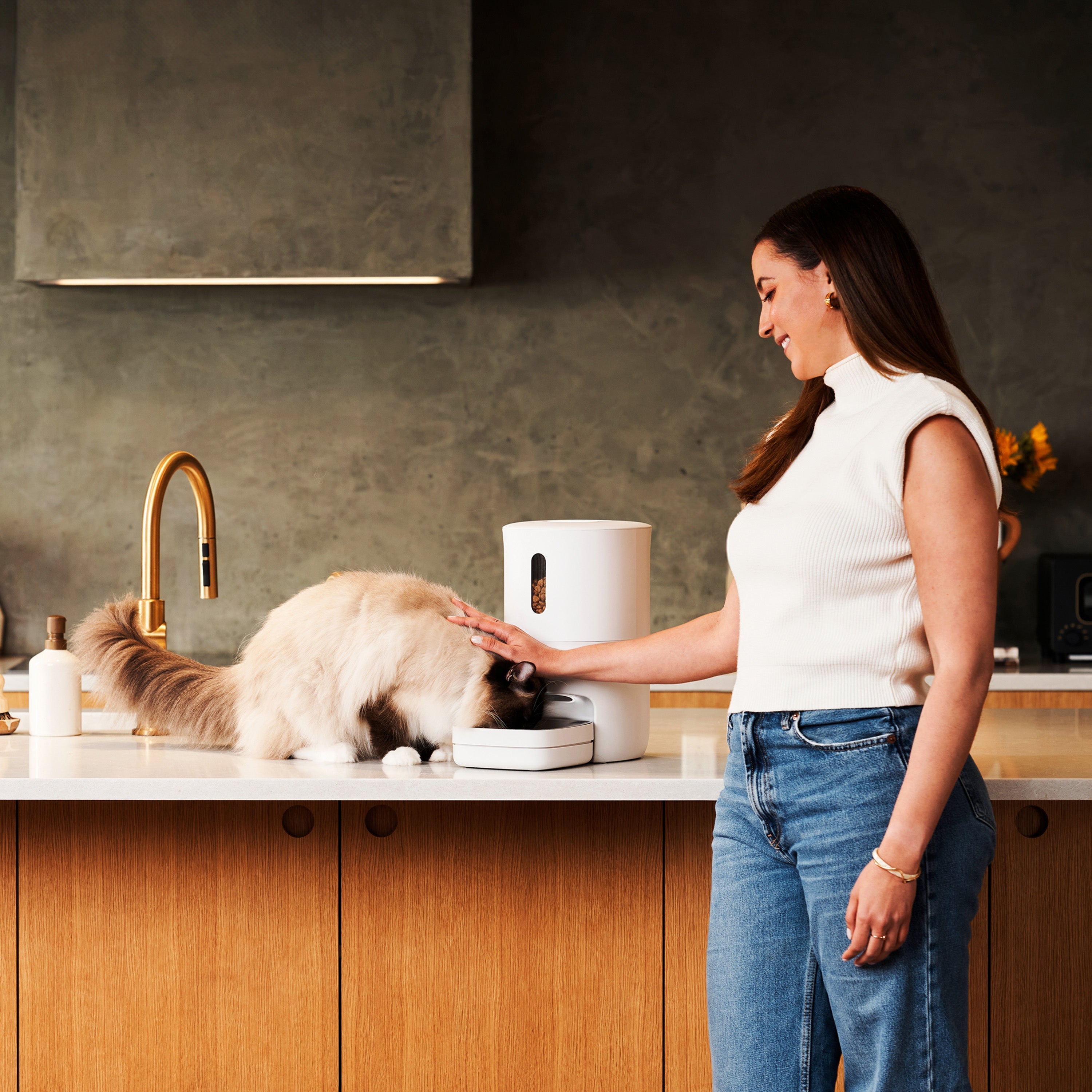
Why Exercise Is so Important for Cats and Dogs (and How Much They Need)
When we think about keeping our pets healthy and happy, exercise is just as important as feeding them well and taking them to the vet. Just like us, pets need regular physical activity to stay fit, feel good, and keep their minds sharp. Let’s take a closer look at why exercise matters, how much exercise different pets need, and some fun ideas to keep your furry friends active.
Why Does Exercise Matter?
Exercise helps keep your pet healthy in many ways. For dogs, it can help with weight control, heart health, muscle strength, and joint flexibility. Regular physical activity can also keep your dog mentally sharp and prevent behaviors like barking too much, chewing on things, or feeling anxious. For cats, it’s just as important. Exercise helps keep them fit, reduces stress, and keeps their natural hunting instincts active, even if they’re just playing with toys inside.
If pets don’t get enough exercise, they can gain weight, feel sluggish, and develop behavioral problems. But the good news is that regular exercise doesn’t have to be complicated—it can be as simple as a walk!
How Much Exercise Does Your Dog Need?
Dogs come in all shapes, sizes, and energy levels, so their exercise needs can vary. Here’s a breakdown of how much exercise different types of dogs need:
1. Active Breeds (Border Collies, Australian Shepherds, Labrador Retrievers) These dogs are bred to work, herd, or fetch, so they need a lot of exercise—at least 1 to 2 hours of active play per day. They love running, swimming, and playing fetch. These dogs can get restless or even destructive if they don’t get enough exercise, so be sure to give them plenty of outdoor time and activities.
2. Sporting & Hound Breeds (Golden Retrievers, Beagles, Boxers) Dogs like Golden Retrievers and Beagles still need a good amount of exercise, typically about 1 to 1.5 hours per day. They enjoy activities like walking, running, or playing games like fetch. A mix of physical exercise and mental stimulation, like puzzle toys, can help keep them happy and healthy.
3. Small or Toy Breeds (Chihuahuas, Pomeranians, Dachshunds) These little dogs don’t need as much exercise as larger dogs, but they still need to stay active. About 20 to 30 minutes of exercise a day is usually enough, whether it’s a short walk or some indoor play. Keep in mind that small dogs can sometimes have big personalities, so they love interactive play and games too.
4. Older Dogs As dogs get older, they may not have as much energy as they once did. But that doesn’t mean they don’t need exercise! Low-impact activities like short walks, gentle play, or even stretching exercises can help keep them healthy. Adjust the duration and intensity based on your dog's comfort level.
How Much Exercise Does Your Cat Need?
Cats are usually a bit more independent than dogs, and they don’t always need structured exercise. However, they still benefit from regular playtime and movement. Here’s a breakdown of exercise needs for cats:
1.Kittens and Young Cats Kittens are full of energy and need lots of play to burn it off. Try to give your kitten at least 20-30 minutes of playtime a day. Interactive toys like feather wands or laser pointers are great ways to help them exercise and tap into their natural hunting instincts.
2. Adult Cats As cats get older, they may slow down a little, but they still need exercise to stay healthy. Aim for 20-30 minutes of play each day, either in one session or split into smaller ones. Even indoor cats need playtime—especially if they don’t have access to the outdoors. Puzzle toys and climbing structures (like cat trees) are also great ways to keep them active.
3. Senior Cats Older cats may not be as active as they once were, but it’s still important to encourage gentle movement. Low-impact play, stretching, and climbing can help keep their muscles strong. Don’t push them too hard—adjust their activity based on how they’re feeling.
How to Tell if Your Pet Is Getting Too Much or Too Little Exercise
Does your pet have the zoomies or gloomies? It’s important to find the right balance when it comes to exercise. Here are some signs to watch for:
Signs of Too Little Exercise:
· Weight gain: If your pet is getting heavier or seems out of shape, they may need more physical activity.
· Destructive behavior: Bored dogs may chew on furniture, while cats might scratch more or act out. Pets need physical and mental stimulation to stay happy.
· Restlessness or laziness: Pets who don’t get enough exercise may seem overly tired or, on the other hand, can’t seem to settle down and are always restless.
· Behavior problems: Dogs might bark more or become anxious if they don’t get enough exercise. Cats can become stressed or irritable.
Signs of Too Much Exercise:
· Panting or drooling: After exercise, your pet may pant or drool, but if it’s excessive, it could be a sign that they’re overdoing it.
· Limping or soreness: If your pet seems stiff or avoids certain movements, they might have overexerted themselves. This is especially common in older pets or those with joint problems.
· Agitation or anxiety: Overexercising can lead to stress or anxiety. If your pet seems nervous or restless after exercise, it may be time to dial it back.
Tips for Creating a Fun and Safe Exercise Routine
1. Use Pet Gear for Extra Fun: Consider using interactive toys or pet appliances to make exercise more engaging. Automatic ball launchers for dogs or cat exercise wheels can be a fun way to keep your pet moving, especially indoors.
2. Mix It Up: Both cats and dogs get bored with the same routine. Try to switch things up by taking your dog to new places for walks, or by introducing different toys for your cat to play with.
3. Socialize: Dogs are social animals and enjoy interacting with other dogs. Dog parks, playdates, or group walks are great ways to get them moving and help them burn off energy. Cats, too, can enjoy a change of scenery or new interactive toys that stimulate their natural hunting instincts.
4. Adjust as Needed: Pets’ exercise needs change as they grow older. Senior pets might need less intense exercise, so make adjustments based on how your pet feels. Keep an eye on their behavior and physical condition to make sure they’re getting just the right amount.
Unleash Your Pet’s Happiness
Every pet is different. Find the routine that works for you and have fun bonding with your favorite four-legged housemate!


